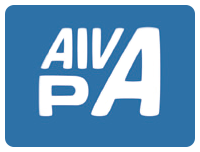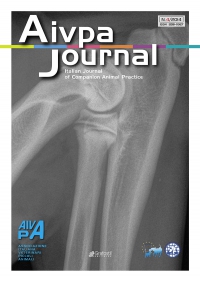Linee guida per la rianimazione cardiopolmonare nel cane e nel gatto
A guidelines for veterinary CPR in dogs and cats
Authors
Massoni M.
DVM, Anubi® Ospedale per animali da compagnia, Moncalieri (TO)
Summary
Cardiopulmonary arrest is defined as the complete cessation of effective circulation and ventilation.
Successful cardiopulmonary resuscitation (CPR) requires a team that is well prepared and well equipped and communicates clearly during the course of the resuscitation. Basic life support is the cornerstone of CPR and includes airway management, ventilation, and artificial circulation with external chest compression or internal cardiac compression. Advanced life support provides more specific interventions based on the circumstances of the arrest. Techniques include electroencephalogram monitoring, drug therapy, and defibrillation.
Intensive care is often essential to minimize the impact of postresuscitation syndromes and improve chances for the longterm survival of a patient that has been resuscitated successfully.
The RECOVER evidence and knowledge gap analysis on veterinary CPR done by ACVECC and VECCS have the objective to present a series of evidence-based, consensus guidelines for veterinary CPR in dogs and cats.
Keywords
ardiopulmonary arrest, cardiopulmonary resuscitation, recover, basic life support, advanced life support


